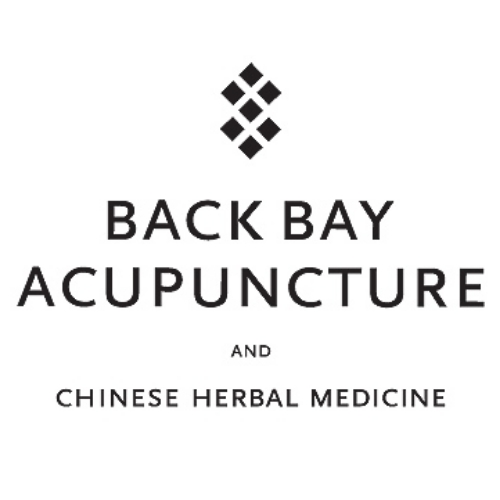When I’m doing moxibustion, I’m frequently asked, “That feels wonderful, what are you doing?” or “I love that smell!” and sometimes, “Hmm...something kind of smells like pot, what is that?”
Moxibustion is the burning of the herb Artemisia Vulgaris (a species of chrysanthemum) on acupuncture points or other areas of the body. This application of heat is used for the prevention and treatment of disease. Moxa leaf is bitter, acrid, pure yang in nature, and capable of penetrating the channels. Its therapeutic effect goes beyond simply warming the flesh, making it more effective at pain relief than other sources such as a heating pad.
Warms the channels and expels cold from the body: Pain is due to the abnormal movement of qi and blood in the body. The nature of cold is to slow things down and to stagnate. Cold can enter the body through an illness such as “catching a cold,” surgery, childbirth, living in a cold environment or eating cold and raw foods. Imagine a river flowing in the winter. As the temperature drops and it gets colder the water will form into solid ice. The warming aspect of moxa “melts the ice” in your channels. It’s warmth penetrates the channels to remove blockages due to cold invasion.
Promotes the smooth flow of qi and blood: Moxibustion is used like acupuncture to restore the proper movement of qi and blood throughout the body. If there is too much energy in the upper part of the body, moxa is burned on the lower part and vice versa. For example, if someone is experiencing insomnia, there is too much energy in the head, moxibustion will be done on the feet to balance and ground the person.
Strengthen yang from collapse: The balance of yin and yang is the foundation of the human condition. This harmony is responsible for healthy respiration, digestion, elimination, and reproduction. Moxa’s bitter, acrid, and pure yang nature support the body’s ability to transform and transport fluids to prevent or resolve a state of dampness in the body.
The two most common ways to administer moxibustion are direct and indirect. Direct moxa is when a protective cream is put on the skin and small pieces the size of a sesame seed are burned directly on the cream. This can be done around injuries to reduce inflammation and pain. This can also be performed on joints such as the knees and hands to treat cold bi-syndrome (a condition with symptoms similar to arthritis). When burned on certain points direct moxa is also be used to support the immune system, turn a breech baby, and to stop bleeding due to weakened spleen qi.
Indirect moxa is performed using a moxa pole. The moxa leaf is compressed with charcoal and other herbs into a solid stick the size of a cigar. The moxa pole is lit then held above the skin at a distance that produces a comfortable temperature. This method allows for larger surface areas to be treated. It is effective in relieving sinus pressure and pain. It is also done after a cupping or gua sha treatment to protect vulnerable areas of the body.
As we endure the winter season of colds, aches, and pains, moxibustion is a comforting complement to acupuncture and herbal remedies. Together they will keep you healthy for the spring to come!
Resource:
Cheng, Xinnong. Chinese Acupuncture and Moxibustion. Foreign Language Press, Beijing, China 1987

